Every part of a vehicle has a role, and not all drivers know just how significant every part is. Some totally neglect them -- including the ones directly in front of them when they drive their cars.
How many drivers really know how to read their car’s meters and gauges? Here are some basic things you need to know from your friends at Philkotse.com.
1. Speedometer
The speedometer is probably one of the easiest to get to know. Its function is basically self-explanatory. This gauge is responsible for displaying a car’s current speed while on the road. Before modern innovations, speedometers were driven by strong cables that spun inside a resilient and flexible tube.
This cable used to connect the speedometer and its corresponding gear located inside the car’s transmission. This was most common in the dial-style speedometers. However, science and evolving technology introduced new ways to modernize speedometers, paving the way for digital speedometers.
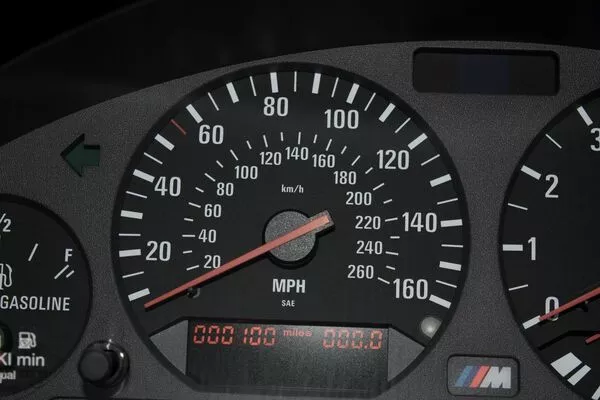
Speedometers display a car’s current speed while it is being driven
The accuracy of a speedometer, regardless if it’s a digital or dial indicator, is greatly affected by the size of your car’s tires. For example, if you replaced your current rubber with tires that have a larger diameter, then your speedometer may give you inaccurate readings. You may see a speed display of 80 kilometers per hour when you’re actually driving around 70 kilometers or less.
The most usual culprit that causes inaccurate speedometer readings is improper speedometer-gear placement inside the transmission. In some occasions, it can also be because the transmission assembly has been either replaced or altered due to an owner’s preferences, or damage.
The speedometer is important to monitor so drivers can comply with designated speed limits, whether they are in the area of school zones or highways. Being aware of your speed will also help avoid road accidents.
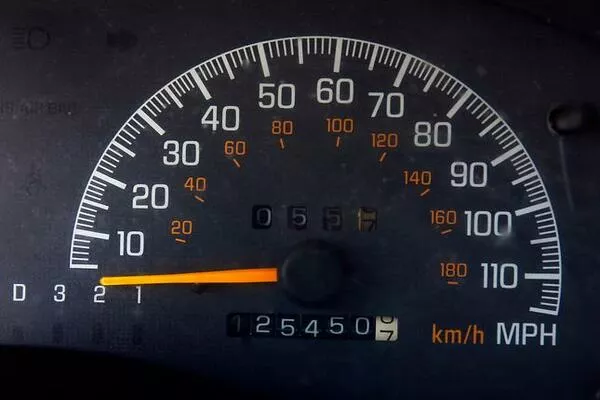
The speedometer is important so drivers could be notified of their current speed, and thus adhere to speed limits
>>> You might be interested: 3 things you need to know about car speed sensor.
2. Fuel gauge
The fuel gauge informs drivers how much fuel is left for their car’s engine to consume. If your vehicle has an inadequate amount of fuel, you might not make it to your destination. The fuel gauge usually takes results from a component that’s located inside the fuel tank.
This is also attached to a single arm-like part that is referred to as a “float,” as this piece is literally floating inside your vehicle’s gas tank and not usually not visible to the naked eye.
The fuel gauges that we usually see in vehicles are either the stick type or the digital kind that’s more common in contemporary vehicles. The float is like a needle that’s designed to be hardly moved even if the vehicle is in motion.
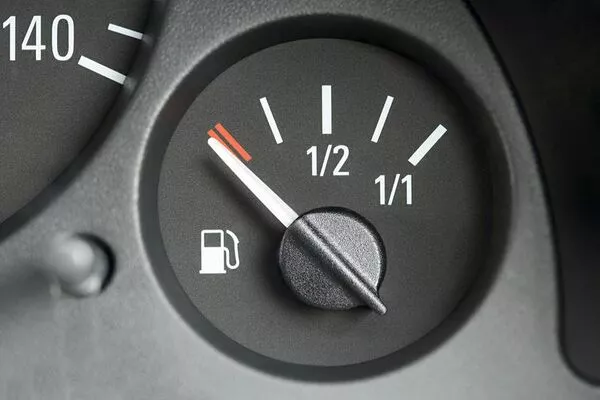
Always be aware of just how much fuel is left in the tank
Almost all types of gas-powered vehicles (even two-wheeled vehicles) have fuel gauges that indicate a warning mark or a “low fuel” indicator. This is a red line or portion of the gauge that signals the need for fuel replenishment.
To help check if your fuel gauge is displaying the most accurate fuel levels, check the indicator when your car is on a flat surface. It does not matter if it’s running or stopped.
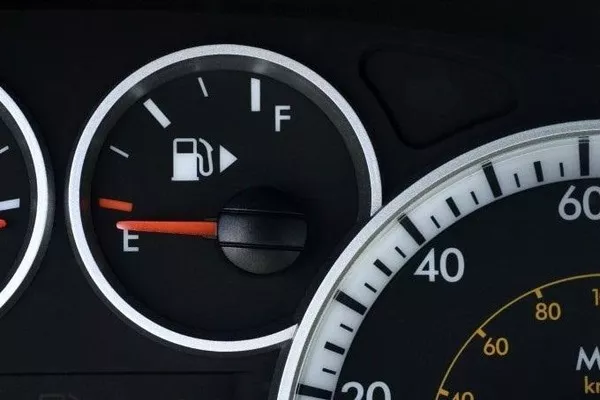
Almost all types of gas-powered vehicles have fuel gauges that have indicators to signal when fuel is running low
>>> Read more: How to fix not-working gas gauge in your car.
3. Tachometer
The job of the tachometer is to show you the speed of your car’s engine in RPM. RPM stands for revolutions per minute and knowing this information is important if your car is made with a standard shift transmission.
The tachometer is one of the most ignored gauges in cars with automatic transmission, mainly because the car shifts automatically when required, eliminating the need to check on it.
In truth, this gauge is important when climbing up and down steep hills. In manual-transmission vehicles, the tachometer tells the driver when he should shift gears. Most of the tachometers in vehicles display a single-digit number such as 1, 2, 3 and so on.
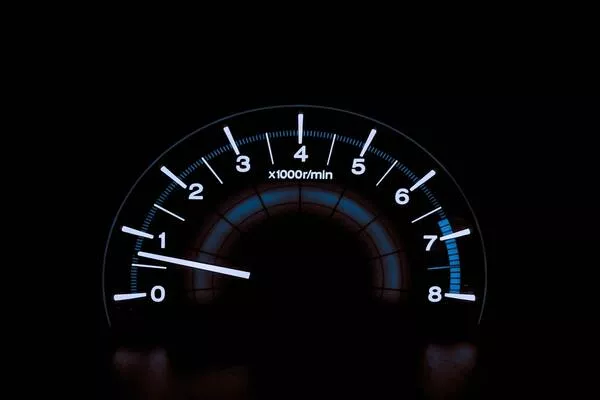
The job of the tachometer is to show you the speed of your car’s engine in revolutions per minute
Note that when you are driving, be careful not to let the tachometer reach the red zone as this may cause engine damage. Slight desperation in the engine can be a cause for an expensive repair or worse, engine replacement.
4. Voltmeter/ammeter
The charging system is the one that supplies electricity that several parts of a vehicle need to function. This includes the air-conditioning system, the horn, the interior, and exterior lights, the sound system, and many more. Without it, a car’s battery will be depleted, causing a car to stop running.
The warning lamp or the charging system gauge detects the system’s health, alerting a driver of any issue. Note that a car can still run a short distance when a problem arises, giving a driver time to find help. However, in worst-case scenarios, a driver may not have enough time and the vehicle can just suddenly stop without warning.
>>> Check out: 6 important car warning signs on the dashboard.
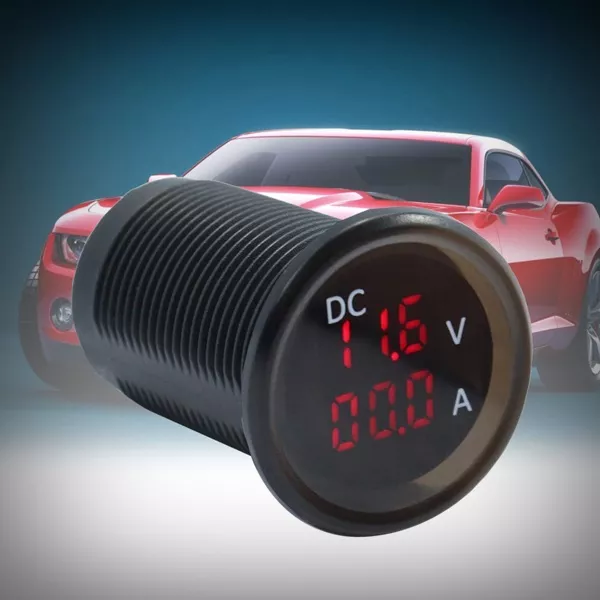
The warning lamp or the charging system gauge detects the system’s health, alerting a driver of any issue
There are two gauges that tell you about the charging system, the voltmeter, and the ammeter.
- The voltmeter provides information on the amount of voltage left in your batter. A fully charged battery should read about 12.5 volts when stationary. When the vehicle’s engine is running, its charging system takes switches on. The meter should read between 14 to 14.5 volts at this state. It will stay that way unless there’s an assembly in the vehicle that is turned on while the engine is starting.
- The ammeter has two different-colored zones: the negative or red zone, and the positive or blue zone. The negative amperage indicates that a vehicle’s engine is producing current. It then depletes the engine into positive amperage if the current is from the charging system. If the battery remains full and there is minimal demand, the ammeter should be close to zero.
Recent posts
- Octane Boosters - 4 things you definitely need to understand Aug 16, 2022
- Coilovers or Springs - Which is the best to lower your ride? Dec 31, 2020
- Buying tips: 3 different wheel types and what you need to know Feb 24, 2021
- Car Specs 101: Understanding basic automotive specs & features Aug 09, 2022
- 12 safety features of modern cars you should understand Jul 26, 2018











